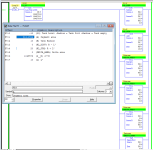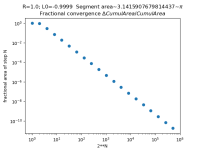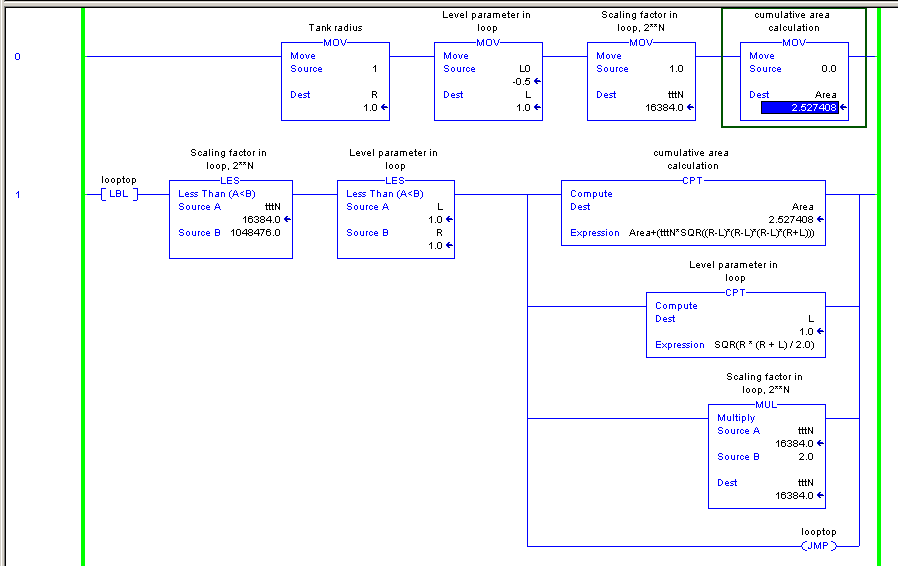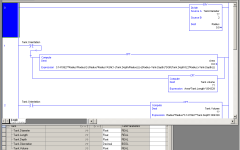What is the point in doing precise math when the physical characteristics will be somewhat lacking.
Here in the UK, all brewing used "dip" or "strapping" tables, per vessel, to determine acceptably precise volume measurement for excise liabilities.
There was no calculation done at all, the "dip-table" gave an accurate volume from the dipped level of the liquid. These "dip-tables" were produced by specialist companies that filled each vessel through certified flow-meters.
Customs and Excise officials (often resident in larger breweries) used to record the produced volumes of every "brew" by using a graduated hard-wood stick (the dip) that was inserted into the top of the vessels. There was an attached "datum" that sat on the flange of the insertion hole. The distance to the liquid level from the datum was the input to the dip-table, the output being a calibrated volume.
Nowadays all excise duty is charged by product leaving the gate, presumably by weighbridge weight, but I have no idea how they account for the weight of the barrels ...
Here in the UK, all brewing used "dip" or "strapping" tables, per vessel, to determine acceptably precise volume measurement for excise liabilities.
There was no calculation done at all, the "dip-table" gave an accurate volume from the dipped level of the liquid. These "dip-tables" were produced by specialist companies that filled each vessel through certified flow-meters.
Customs and Excise officials (often resident in larger breweries) used to record the produced volumes of every "brew" by using a graduated hard-wood stick (the dip) that was inserted into the top of the vessels. There was an attached "datum" that sat on the flange of the insertion hole. The distance to the liquid level from the datum was the input to the dip-table, the output being a calibrated volume.
Nowadays all excise duty is charged by product leaving the gate, presumably by weighbridge weight, but I have no idea how they account for the weight of the barrels ...









